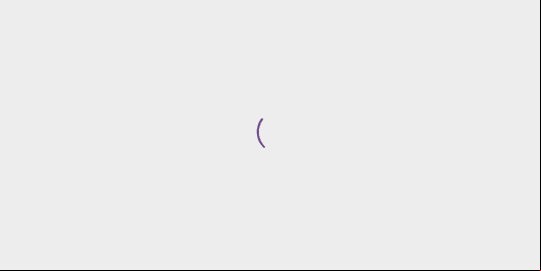Interest charged by banks averages 43.7% a year in February

In February, the average interest rate for families and companies reached 43.7 percent per year for free credit loans—loans granted under unrestricted market conditions. The result represents an increase of 1.5 percentage points month on month and 3.4 in 12 months, as per data released this Wednesday (Apr. 9) by the Central Bank.

The rise follows the hike in the economy’s benchmark interest rate—the Selic—set at 14.25 percent per year by the Central Bank’s Monetary Policy Committee.
The Selic is the main tool used by the Central Bank to curb inflation. The Central Bank justified the increase with the need to cool demand and contain inflation, because higher interest rates make credit more expensive and stimulate savings, causing people to consume less and prices to fall. By the end of the year, analysts predict the Selic should rise to 15 percent.
In new credit contracts for families, the average free interest rate reached 56.3 percent per year—up 2.4 percentage points month on month and 3.6 percentage points in 12 months.
For companies, the average free credit rate stood at 23.9 percent per year, down 0.2 percentage points month on month.
Directed credit
In free credit, banks have the autonomy to lend money raised on the market and set the interest rates charged from customers. Directed credit─with government-defined rules─is essentially aimed at housing, rural, infrastructure, and microcredit.
In directed credit, the rate for individuals stood at 10.5 percent a year in February, down 0.8 percentage points on the previous month and up 1.1 over 12 months. For companies, the rate fell by one percentage point in the month and rose by 1.4 over 12 months, to 13.5 percent per year.
As a result, the average rate for directed credit stood at 11.2 percent per year, down 0.8 percentage points in the month and up 1.1 in 12 months.



